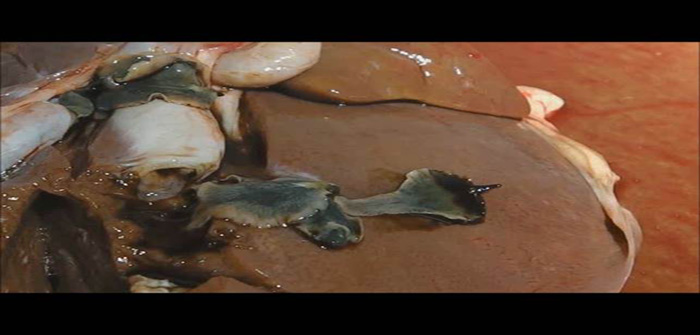A recent review of reports from laboratories and field experiences by experts from the Sustainable Control of Parasites in Sheep (SCOPS) and the Control of Worms Sustainably (COWS) groups supports earlier forecasts that the liver fluke season will be late again in 2025/6.
This underlines the importance of testing when deciding if farmers need to treat livestock, and when.
“This follows patterns of the last few years, with a lower and later liver fluke challenge than expected in many parts of the country,” said Philip Skuce of Moredun.
“Even in areas in the west of Scotland, where we traditionally expect a very high challenge in the autumn, we are still not seeing any significant signs of liver fluke in the first half of November.”
Rebecca Mearns of APHA added: “The bottom line is farmers who are sticking with traditional treatment windows in the autumn, for example ewes around tupping, are often giving treatments too early, leaving livestock susceptible to disease.
“There is no such thing as an insurance policy when it comes to liver fluke treatment. Flukicides have no residual effect (persistency), so if livestock are put back on to ‘flukey’ areas after treatment, they are as just as susceptible to picking up infection as untreated stock. That’s why it is so important to use diagnostic tests.”
Testing is key to deciding whether to treat and when. The earliest line of attack are tests that identify antibodies on blood (either an ELISA test from a blood sample or Lateral Flow Test (LFT) on ear or nose pricks). These tests can detect antibodies very soon after infection. However, they are only suitable for use in this year’s (first) season grazing animals (lambs or calves), because older animals are likely to have had previous exposure to fluke and antibodies can be detected for a long time.
In practice these animals are used as ‘sentinels’ to identify if liver fluke is present in different management groups and/or parts of the farm. Repeated testing every three to four weeks is essential until there is either a positive result, indicating the need to treat and/or the faecal testing methods become valid as the liver fluke mature within the animals.


